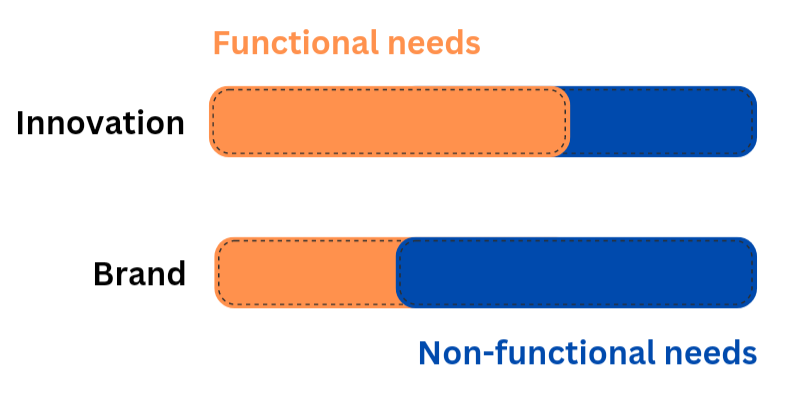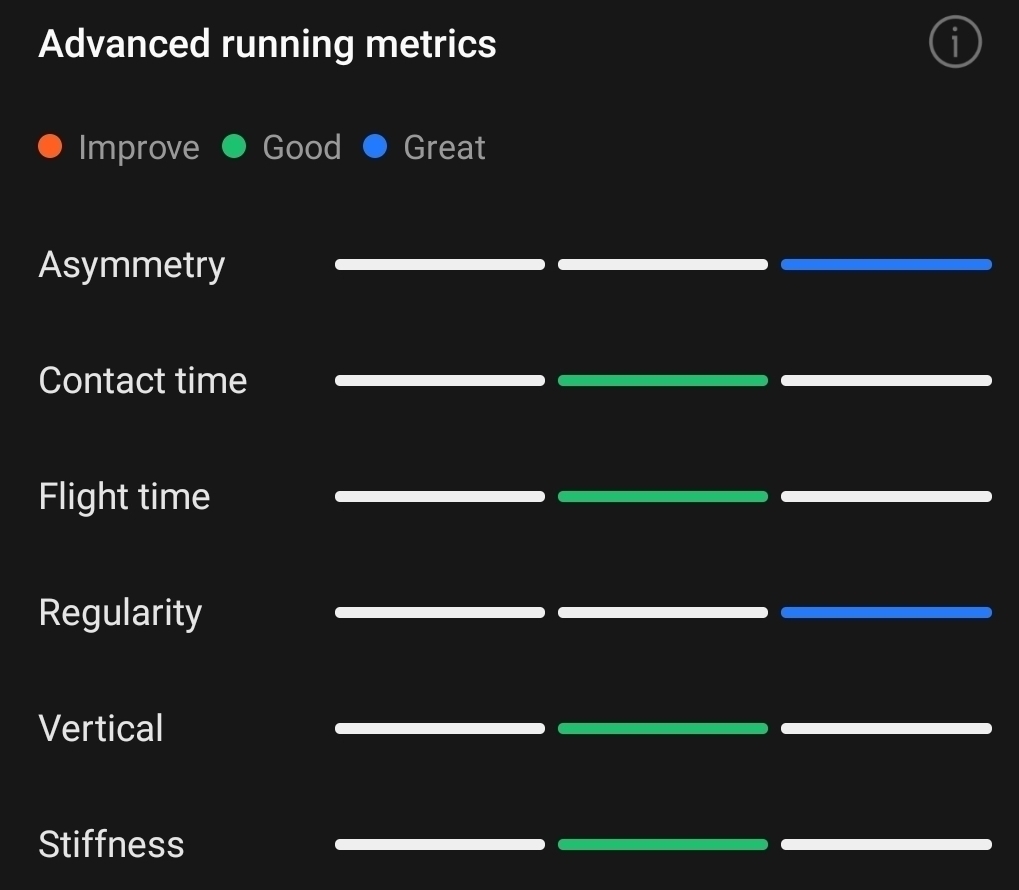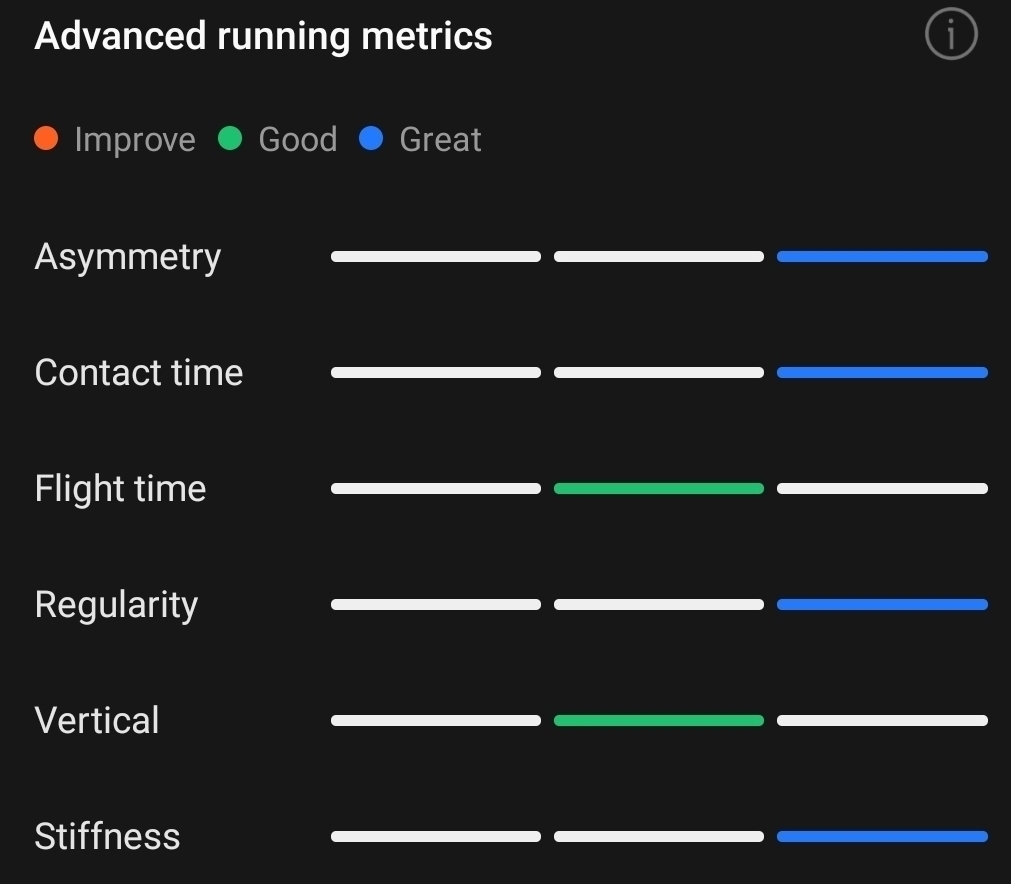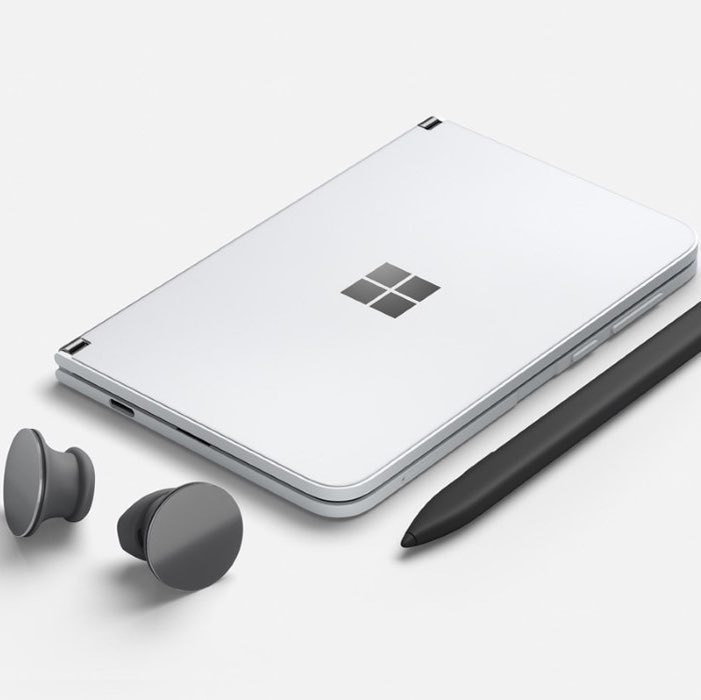Branding and Innovation need to be managed centrally
Brand management and Innovation are two complementary and interwoven business activities and companies are well-served to manage them with the same team.
For large companies, a brand is a very valuable asset. It helps customers recognise you, easily understand what you stand for, and it simplifies the customer’s purchase decisions. Managing this important asset of the business falls on the marketing team, generally speaking.
A brand however also needs product and service innovation, in order to keep up with changing consumer needs and category dynamics as well as generate growth. This aspect, however, is not always/exclusively managed by the marketing team.
I would strongly argue that the marketing team should have the lead role in both activities (brand and innovation management), as coordination of these functions can make the brand stronger and more effectively and efficiently communicated.
Covering the same needs
Both activities have in common that they address customer needs, though in different and complementary ways. When thinking of customer needs, we often distinguish three layers:
- Emotional needs
- Social/identity needs
- Functional needs
The brand is very important when addressing emotional and social/identity needs, though it will also extend into the coverage of functional needs.
On the other hand, when it comes to product / service innovation, we often focus on the functional needs that the new product / service addresses, but there is a strong argument that we need to understand the emotional needs very well in order to ensure that we connect with potential customers.

The Marketing team should be the voice of the customer within a company and they should have the best understanding of what their functional and non-functional needs are. Hence, they should be best suited to lead both functions, brand management and innovation management.
Mutual impact
Moreover, the functions actually influence one another quite substantially: A brand’s positioning influences in which areas you can innovate, and at the same time innovations have an influence on how a brand is perceived.
According to Al Ries and Laura Ries in The 12 immutable laws of branding, one of the key aspects of a strong brand is its focussed nature. Using the same brand for a wide variety of solutions may weaken your brand. On the flip side, launching a new innovation under the same brand is easier in the short term than launching it under a new brand.
This very delicate relationship is difficult enough to manage within the same team, but even more difficult when spread out throughout the organisation.
So, yes, in conclusion, the marketing team should play a central role in both activities.


